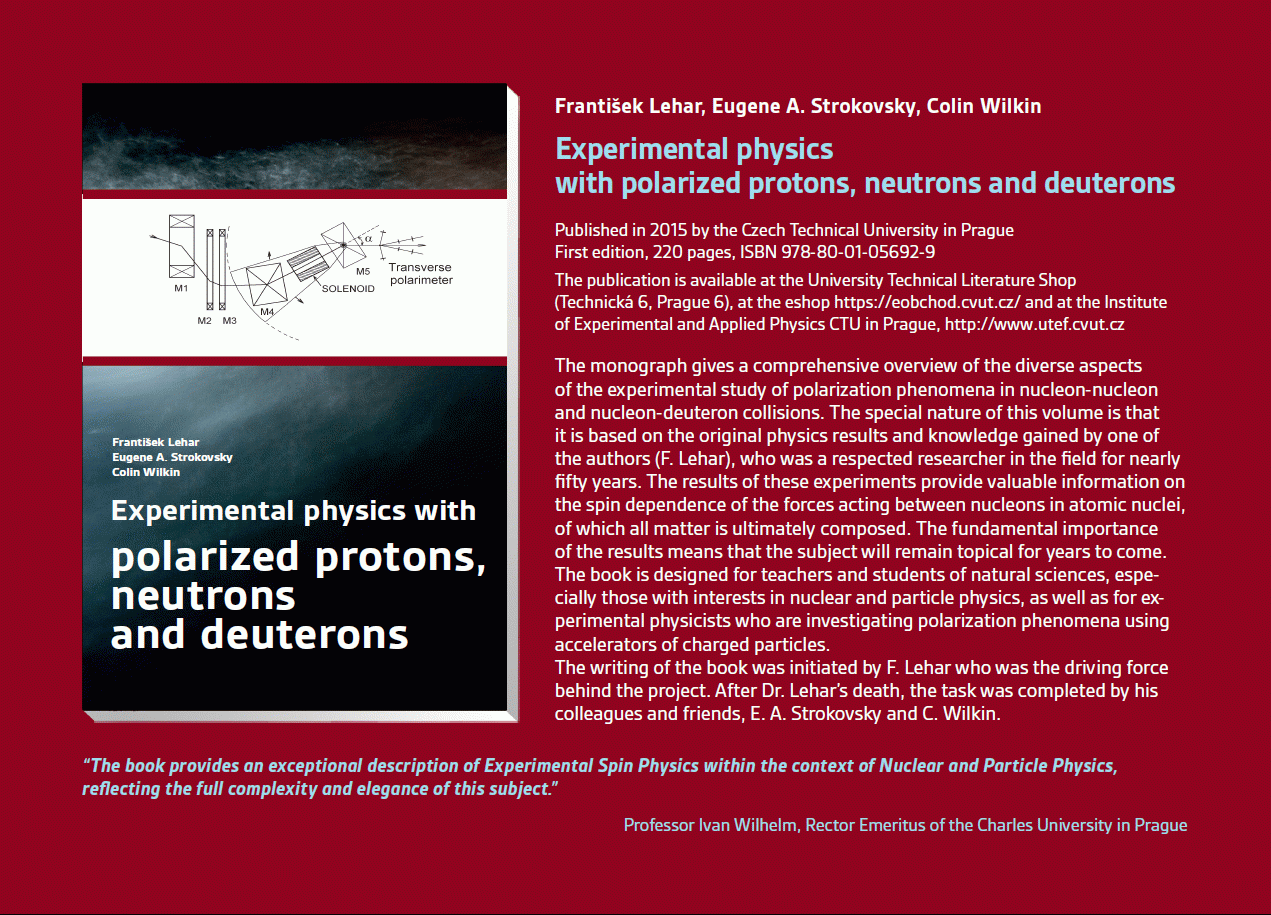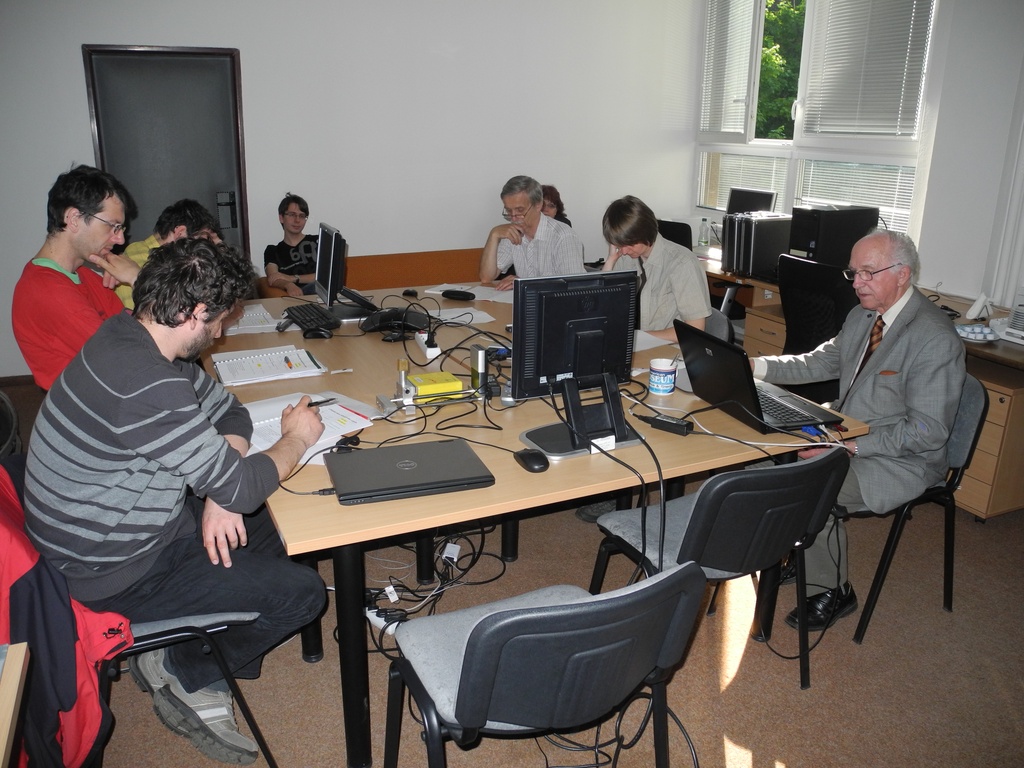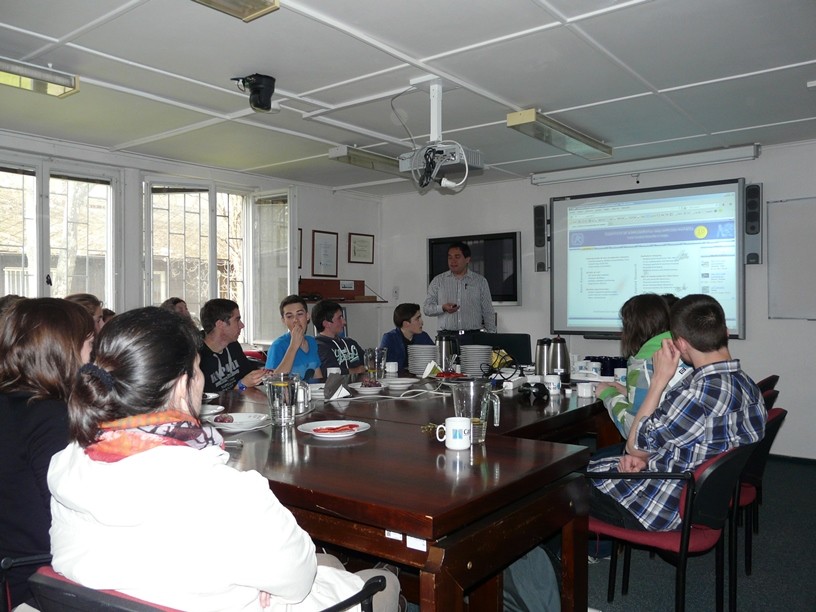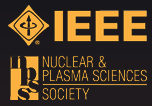Publikace
> Články v impaktovaných časopisech
> 'Large area pixel detector WIDEPIX with full area sensitivity composed of 100 Timepix assemblies with edgeless sensors'
Large area pixel detector WIDEPIX with full area sensitivity composed of 100 Timepix assemblies with edgeless sensors
Autor
Rok
2014
Časopis
JINST 9 C04018
Web
Obsah
The superior properties of the single particle counting semiconductor pixel detectors in radiation imaging are well known. They are namely: very high dynamic range due to digital counting, absence of integration and read-out noise, high spatial resolution and energy sensitivity. The major disadvantage of current pixel devices preventing their broad exploitation has been their relatively small sensitive area of few cm(2). This disadvantage is often solved using tiling method placing many detector units side by side forming a large matrix. The current tiling techniques require rather large gaps of few millimeters between tiles. These gaps stand as areas insensitive to radiation which is acceptable only in some applications such as diffraction imaging. However standard transmission radiography requires fully continuous area sensitivity. In this article we present the new large area device WIDEPIX composed of a matrix of 10 x 10 tiles of silicon pixel detectors Timepix (each of 256 x 256 pixels with pitch of 55 mu m) having fully sensitive area of 14.3 x 14.3 cm(2) without any gaps between the tiles. The device contains a total of 6.5 mega pixels. This achievement was reached thanks to new technology of edgeless semiconductor sensors together with precise alignment technique and multilevel architecture of readout electronics. The mechanical construction of the device is fully modular and scalable. This concept allows replacing any single detector tile which significantly improves production yield. The first results in the field of X-ray radiography and material sensitive X-ray radiography are presented in this article.
Granty
Příklad citace článku:
J. Jakůbek, M. Jakůbek, M. Platkevič, P. Soukup, D. Tureček, V. Sýkora, D. Vavřík, "Large area pixel detector WIDEPIX with full area sensitivity composed of 100 Timepix assemblies with edgeless sensors", JINST 9 C04018 (2014)
Hledat
Události
21.-22. 11. 2014
Seattle, USA
8-15 Nov 2014
Surrey, Velká Británie
8. září 2014
9. září 2014
24. 4. 2014
3. 4. 2014
Seoul, Korea
27 Oct - 2 Nov 2013
Paris
23-27 June 2013
Anaheim, USA
29 Oct - 3 Nov 2012






 Experimental physics
with polarized protons, neutrons and deuterons
Experimental physics
with polarized protons, neutrons and deuterons Progresivní detekční metody ve výuce subatomové a částicové fyziky
na ZŠ a SŠ
Progresivní detekční metody ve výuce subatomové a částicové fyziky
na ZŠ a SŠ NSS MIC IEEE Conference
NSS MIC IEEE Conference Konference SEPnet, CERN@school
Konference SEPnet, CERN@school Lovci záhad - spolupráce ČT a ÚTEF
Lovci záhad - spolupráce ČT a ÚTEF Progresivní detekční metody ve výuce subatomové a částicové fyziky na ZŠ a SŠ
Progresivní detekční metody ve výuce subatomové a částicové fyziky na ZŠ a SŠ Návštěva v rámci projektu „Listening to the universe by detection cosmic rays“
Návštěva v rámci projektu „Listening to the universe by detection cosmic rays“ NSS MIC IEEE Conference
NSS MIC IEEE Conference 15thIWORID
15thIWORID NSS MIC IEEE Conference
NSS MIC IEEE Conference